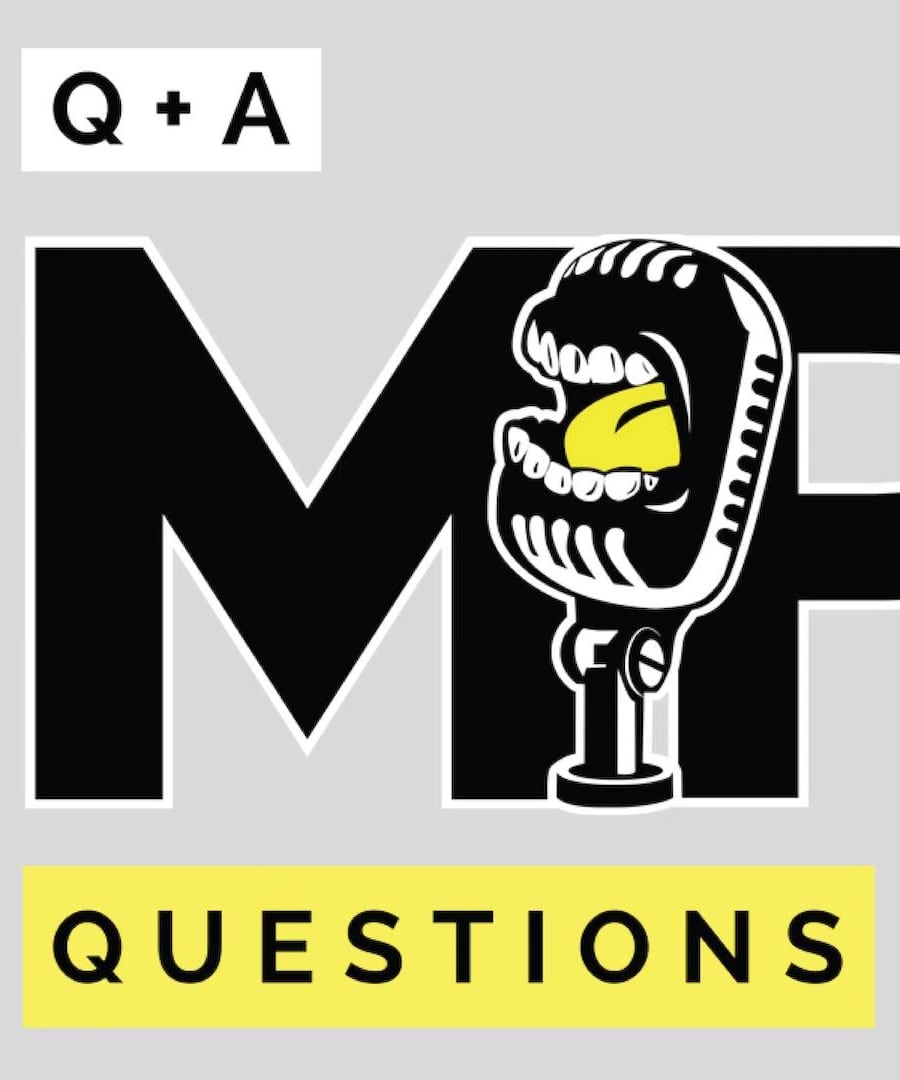Reverse grip
Sources:
Reverse Grip in Exercises
1. Bicep and Tricep Activation
Reverse grip (pronated grip) significantly affects muscle activation during exercises. For example, in bicep-based movements like curls or back exercises:
- Supinated (palm up): Engages more of the bicep brachii.
- Pronated (palm down): Engages the brachialis and brachioradialis more.
- Neutral grip: Balances activation across these muscles 1.
In tricep exercises, however, the tricep activation remains largely unaffected by grip change. Exercises like reverse grip pushdowns are often considered inefficient because they don't substantially differ from pronated grip exercises for triceps 2.
2. Reverse Grip Bench Press
The reverse grip bench press, a less common variant, provides unique benefits:
- Muscle Targeting: Emphasizes the upper chest and front deltoids more than traditional bench presses due to the inward elbow positioning caused by the hand orientation.
- Safety Note: Requires careful execution and might be better performed with a partner or under controlled conditions to avoid injury.
- Training Benefits: Offers an alternative for those looking to vary their chest training and can provide some carryover strength benefits to the standard bench press 3 4.
3. Forearm and Grip Strength
Exercises incorporating varied grips, including reverse grip, can significantly strengthen the forearms and grip:
- Reverse Curls: Target the brachioradialis effectively.
- Farmer Walks: Improve overall grip strength and forearm development by isometrically holding heavy weights.
- Using tools like thicker bar handles or towels can further diversify the grip training and enhance forearm strength 5.
4. Historical Perspective
In rowing exercises, the reverse grip or supinated grip row gained popularity through bodybuilders like Dorian Yates, who advocated for it to allow for heavier weights and different muscle recruitment patterns. However, it can place additional strain on the biceps, potentially leading to injury if not executed properly 6.
Using the reverse grip in various exercises can provide unique benefits and challenges, enhancing muscle activation and strength development in different ways. However, it's essential to perform these exercises with correct form to avoid injury.
RELATED QUESTIONS





